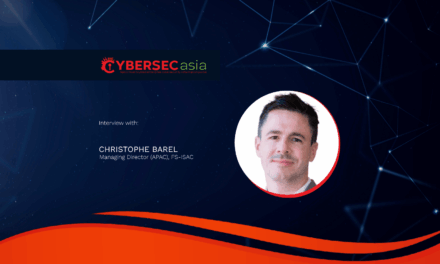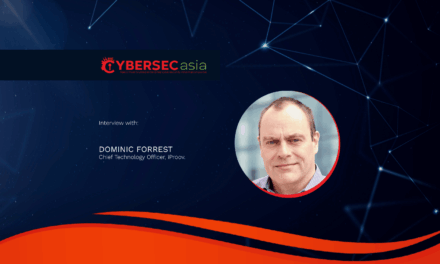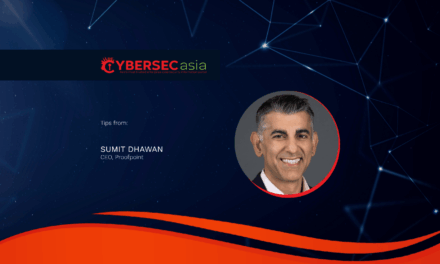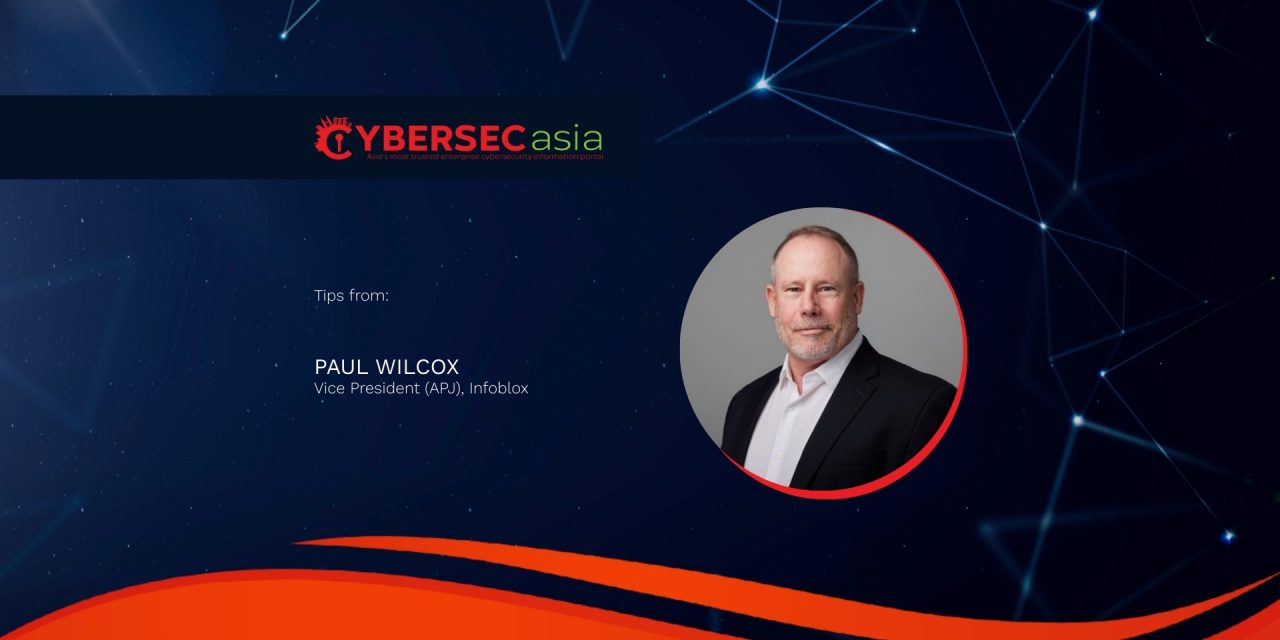Due to increasing complexities in architectures, the multi-cloud approach and the three core network services (DDI) needs to evolve in tandem.
Businesses are increasingly embracing multi-cloud environments for their flexibility, cost efficiency, and agility. Despite the benefits, multi-cloud environments can create operational silos among network (NetOps), security (SecOps), and cloud operations (CloudOps) teams.
This fragmentation in managing critical services like DNS, DHCP, and IPAM (collectively known as DDI) exposes businesses to downtime, increased costs, and security risks caused by a lack of control and visibility across the network.
The more businesses distribute their workloads, the greater the risk of silos emerging.
Multi-cloud DDI challenges
Deploying DDI across multiple cloud platforms can lead to a fragmented ecosystem, with teams juggling disparate tools and workflows. The disjointed management of essential security services, such as DNS management or the assigning and tracking of IP addresses, creates bottlenecks, slows response times, and increases the risk of errors.
This is especially true when using DNS solutions from different vendors in a hybrid or multi-cloud setup — achieving full network visibility and control becomes nearly impossible due to varied tools and interfaces.
As such, teams may resort to time-consuming manual workarounds, which stifle productivity and heighten the risk of human error. This lack of unified control makes it challenging to identify compliance violations, performance issues, or security threats, ultimately transforming the promise of multi-cloud agility into a tangle of inefficiency and missed opportunities.
Using a patchwork of tools and manual processes to manage critical network services can lead to fragmented control and increased vulnerability, as well as system inefficiencies. From misconfigurations in cloud architecture to outages caused by physical factors, the stakes for maintaining robust and secure multi-cloud environments have never been higher.
These distributed systems can create a phenomenon where no single party (vendors, internal teams, or cloud providers) wants to shoulder the burden of responsibility or face potential hefty fines in case of an outage. This risk aversion paradoxically leads to operational silos among teams: the very fragmentation that multi-cloud environments were meant to eliminate altogether.
Unifying DDI across the clouds
Consider a tech firm that manually provisions critical network services for new applications — a process that could take up to six weeks, significantly delaying product launches. Without a unified view, DNS and IPAM management could stretch SecOps teams too thin, resulting in application outages that could have be avoided. During this time, competitors with more streamlined processes can release new features and applications, potentially capturing market share and revenue opportunities.
However, firms with multi-cloud architectures that have unified DDI could reduce their provisioning time from six weeks to just 15 minutes. This improvement not only accelerates their time-to-market, but also enhances their competitive edge.
The true cost of manual provisioning is not just about delays: it is about lost sales, missed opportunities, and reputational risks.
Digital infrastructure resilience involves a “shared responsibility” model between cloud service providers and their customers. In multi-cloud environments where the lines of responsibility can often blur, navigating the challenge of fragmentation and gaining network observability requires a unified approach to managing DDI across all of their cloud environments.
Consolidating these disparate services into a single platform eliminates silos, enhances collaboration, and improves operational efficiency. In doing so, organizations can build more resilient, efficient, and secure cloud environments that drive innovation and growth. Also, unifying DDI in multi-cloud infrastructure can enhance security and compliance in terms of threat detection and regulatory compliance.
With this strategy, organizations will be able to reap the full benefits of multi-cloud environments while enhancing resilience and cybersecurity.
Editor’s Note: Unifying DDI offers significant benefits even for organizations not invested in multi-cloud infrastructure. Also, in unifying DDI, there are several paradigms to choose from, including centralized management, automation, integration, and federated models: Readers are encouraged to explore these diverse approaches to determine what best suits their organization.


















